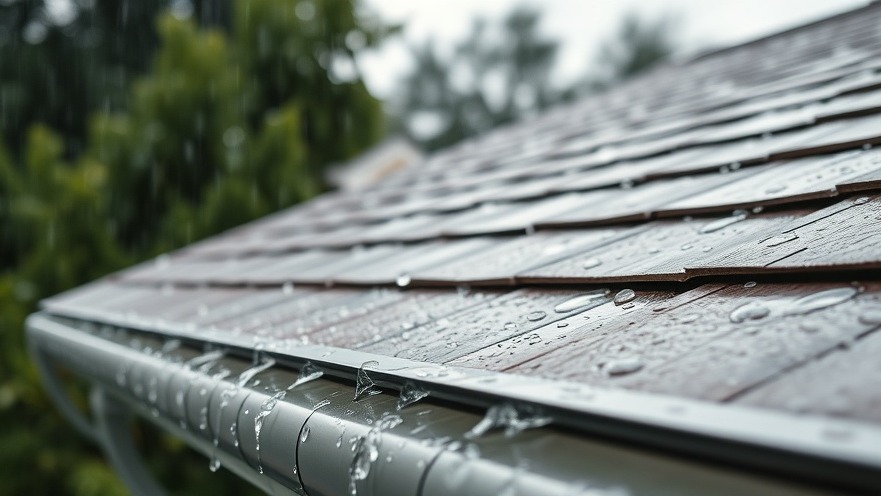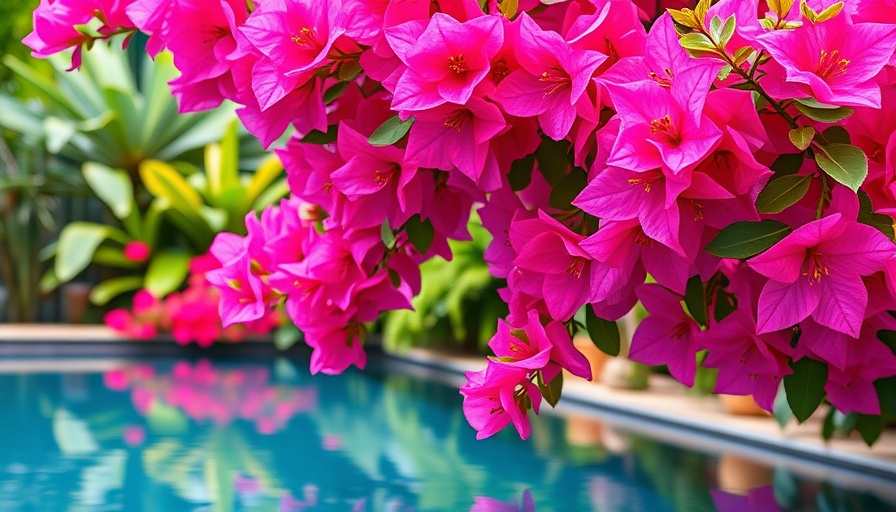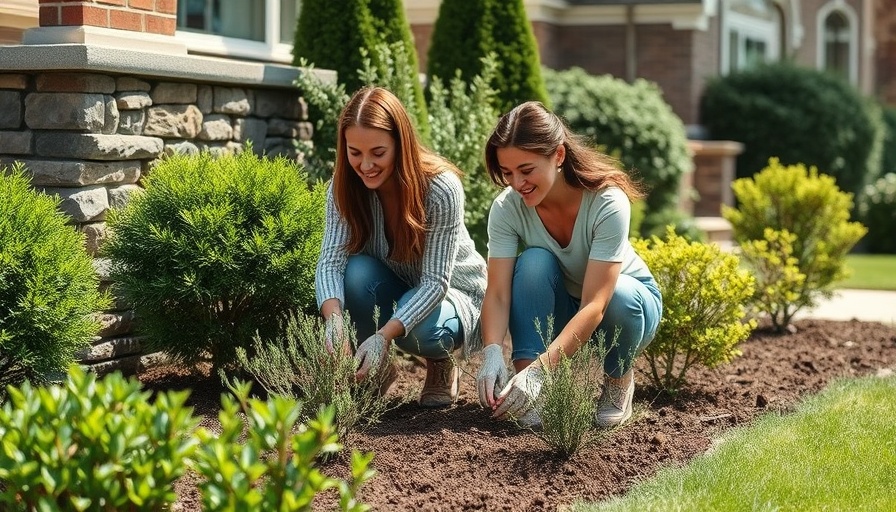
Harvesting Rain: A Sustainable Solution for Homeowners
As drought conditions worsen across various regions, the challenge of water conservation has become more pressing than ever. The town of Ipswich is grappling with mandatory water bans, pushing residents to explore innovative solutions to keep their landscapes lush without using town water. This is where rainwater harvesting steps in, showcasing its potential for homeowners looking for sustainable alternatives.
Understanding Rainwater Harvesting
Rainwater harvesting involves the collection and storage of rainwater from rooftops, which can then be used for landscape irrigation and other non-potable uses. By investing in a rainwater collection system, homeowners can reduce reliance on municipal water supplies, contributing to both personal savings and environmental sustainability.
How It Works: The Cistern System Explained
In the video from This Old House, civil engineer John Morin highlights the installation of a roof recharge system designed to manage rain runoff effectively. The proposed system captures water from various roof areas, directing it into two 2,500-gallon cisterns. These cisterns allow homeowners to store substantial amounts of rainwater, which can later be used to irrigate gardens and lawns during dry spells. The system not only serves a practical purpose but also aligns with best practices for environmental conservation, ensuring water does not simply flow into river systems.
Plan for the Future: Why It Matters
The incorporation of recharge systems, as explained by Morin, is vital in complying with environmental regulations regarding runoff. To truly understand the importance of rainwater harvesting, one must consider the future implications. Facing climate change and extreme weather phenomena, adopting sustainable practices can help ensure a reliable water supply even when municipal sources are limited. Furthermore, localized water management systems promote a healthier ecosystem by reducing the impact of runoff on local waterways.
Benefits for Homeowners: Why Invest in a Cistern?
Beyond water conservation, homeowners can enjoy a multitude of benefits from a rainwater harvesting system. Firstly, it can lower water bills, as the captured rainwater can offset municipal utility expenses. Secondly, using rainwater for irrigation leads to healthier plants since rainwater is often free from the chemicals found in treated municipal supplies. Additionally, instituting such systems can increase property value and attract environmentally conscious buyers.
Common Concerns & Misconceptions
Some may worry that rainwater collection systems are too complicated or expensive to implement. However, modern cistern solutions are designed to be efficient and relatively easy to install. With proper guidance and planning, homeowners can navigate the initial setup with relative ease, enjoying the ongoing benefits of their investment for years to come.
Take Action: Start Your Rainwater Harvesting Journey
If you're a homeowner looking to contribute positively to your environment while saving on water costs, rainwater harvesting can be an excellent investment. Explore local regulations and consider consulting professionals to design a system tailored to your landscape needs. It's time to take proactive steps toward conserving this vital resource—you'll be fostering both a sustainable garden and a sustainable future.
 Add Row
Add Row  Add
Add 




Write A Comment